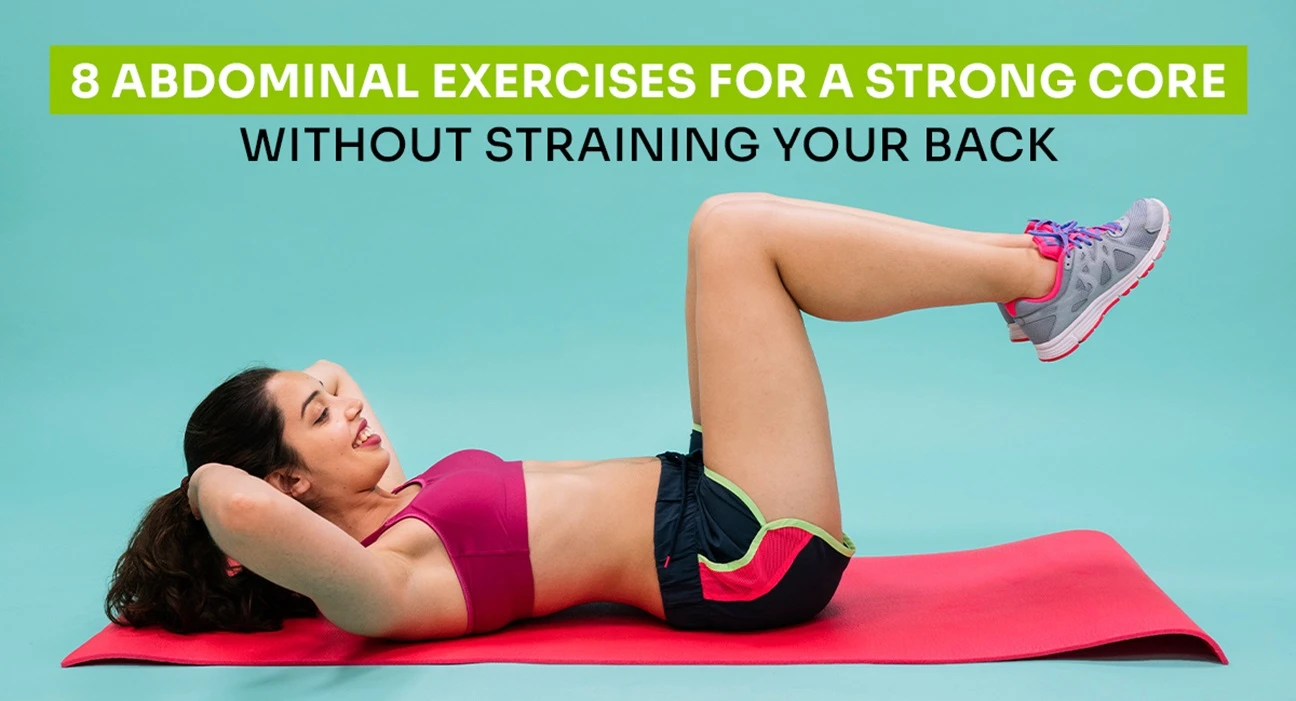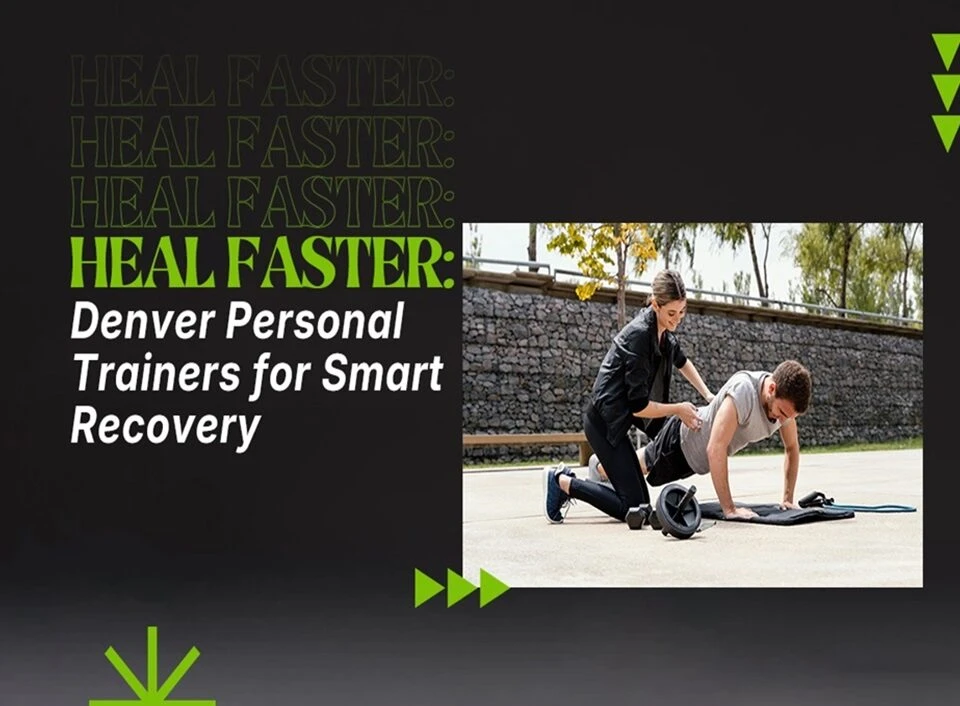8 Abdominal Exercises for a Strong Core Without Straining Your Back

Core strength is essential to good posture and stability and general upper-body strength, but common abdominal exercises such as crunches and sit-ups are purported to add stress to the lumbar region. You need to try these eight easy alternatives to work your core without straining your back. These moves will build core strength without putting undue strain on your back.
1. The Dead Bug
This is a good exercise to prize on into work with the back while also keeping the spine neutral.
How to do it:
- Lie on your back, hands extended up to the ceiling, knees at 90 degrees.
- Lower your right arm and left leg toward the floor while pressing your lower back into the floor.
- Come back to the starting position and switch sides.
- 10-12 reps on each side.
2. Bird Dog
The bird dog technique improves balance and core stability while putting less stress on the back.
How to do:
- Starting on a tabletop on your hands and knees.
- Extend the right arm forward and left leg back while maintaining spine neutrality.
- Pausing for a second, return to the start.
- Afterward, switch to the left arm and right leg.
- Perform 10-12 repetitions on one side.
Glute bridge
Targets the core, lower back, and glutes while lessening the burden on the spine.
How to do:
- Beginning at the lying position, with knees bent and feet flat on the floor, hip-distance apart.
- Squeeze your glutes, thrust the hips toward the ceiling, and straighten the whole body into a straight line from shoulders to knees.
- Hold for a second and slowly lower back down.
- Repeat 12-15 times. Raise legs with bent knees: Since straight-leg raises pull on the lower back, this is a better bird-dog exercise.
4. Leg Raises (Bent Knees)
Straight-leg raises can strain your lower back, so this variation with bent knees is a safer option.
How to do:
- Lie on your back with your knees bent and femur bone parallel to the bottom floor.
- Raise both knees to the chest and scoot towards it in that position, keeping the lower back pressed against the ground.
- Relower without letting your feet touch the ground at all. Do 10-12 reps.
5. Side Plank
The side plank strengthens obliques and gains core stability without putting pressure on the lower back.
How to do:
- Lie on your side with your elbow directly under your shoulder.
- With your knees bent, rise on your side so that you form a straight line from shoulders to knees.
- Hold for 20-30 seconds and switch sides.
- Extend your legs up and balance on your feet.
6. Seated Knee Tucks
This exercise stimulates core musculature while keeping the spine in a supportive position.
How to do:
- Sit on the floor with your feet flat and your knees bent.
- Keeping this position, lean back a little and lift your feet off the floor.
- Draw knees towards the chest and then extend the legs out in front, not touching the floor.
- Perform 10-12 reps.
7. Standing Core Twists
Engage the core with this lower-impact exercise that is easy on the lower back.
How to do:
- Stand with your feet hip-width shoulder apart and your hands in front of your chest.
- Twist your torso to the right as you activate the core muscles.
- Come back to the center and twist to the left.
- Do 15 reps on each side.
8. Stability Ball Rollouts
This way will stress the deep core muscles whilst avoiding lower back strain.
How to do:
- Kneeling on the floor, put a stability ball in front of you.
- Place both your forearms on the ball. Slowly roll the ball forward toward you, extending your body in a straight position all the while.
- Pull the ball back to start.
- Do 8 to 10 reps.
Tips for Safe Core Training
- Always ensure to activate your core muscles during exercise, as this will safeguard your lower back.
- Don’t let your back overarch or round. Go slow and give priority to your form.
- Should any pain arise in your lower back, stop the exercise.
- Do some stretching so your muscles are always flexible; this will minimize tension.
Strengthening your core doesn’t need to compromise your back. Adding these exercises to your routine allows you to have a strong, stable core without putting yourself at risk for injury. If you’re a beginner or healing from back issues, these exercises will provide you with better posture, balance, and strength without hurting.



